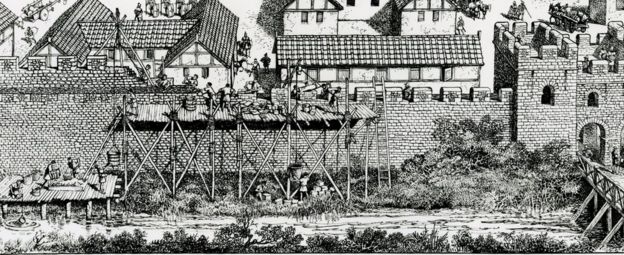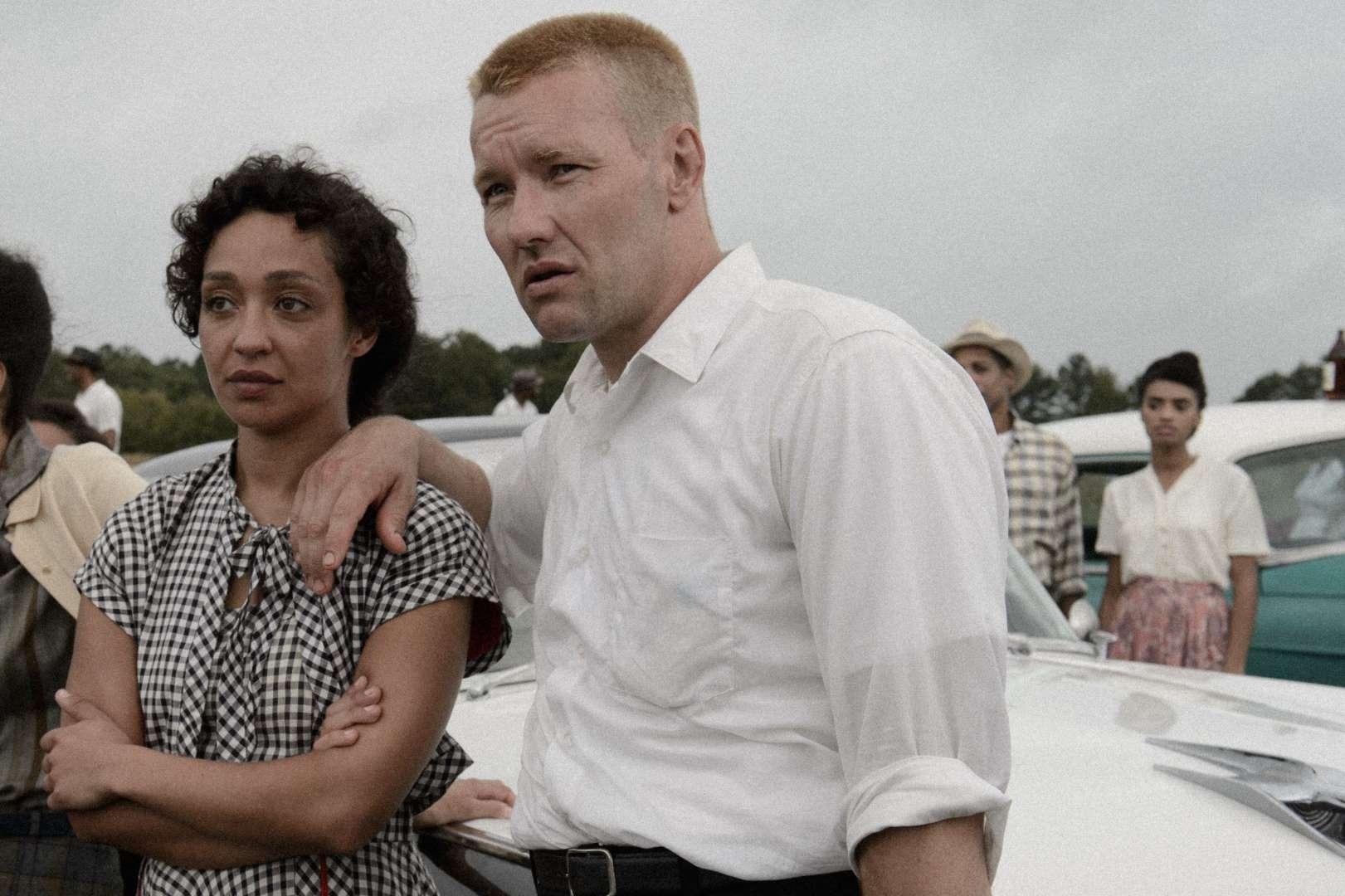Agriculture Linked to DNA Changes in Ancient EuropePosted in Articles, Europe, Health/Medicine/Genetics, Media Archive on 2015-11-24 16:26Z by Steven |
Agriculture Linked to DNA Changes in Ancient Europe
The New York Times
2015-11-23
The agricultural revolution was one of the most profound events in human history, leading to the rise of modern civilization. Now, in the first study of its kind, an international team of scientists has found that after agriculture arrived in Europe 8,500 years ago, people’s DNA underwent widespread changes, altering their height, digestion, immune system and skin color.
Researchers had found indirect clues of some of these alterations by studying the genomes of living Europeans. But the new study, they said, makes it possible to see the changes as they occurred over thousands of years.
“For decades we’ve been trying to figure out what happened in the past,” said Rasmus Nielsen, a geneticist at the University of California, Berkeley, who was not involved in the new study. “And now we have a time machine.”
…Dr. Reich and his colleagues also tracked changes in the color of European skin.
The original hunter-gatherers, descendants of people who had come from Africa, had dark skin as recently as 9,000 years ago. Farmers arriving from Anatolia were lighter, and this trait spread through Europe. Later, a new gene variant emerged that lightened European skin even more.
Why? Scientists have long thought that light skin helped capture more vitamin D in sunlight at high latitudes. But early hunter-gatherers managed well with dark skin. Dr. Reich suggests that they got enough vitamin D in the meat they caught.
He hypothesizes that it was the shift to agriculture, which reduced the intake of vitamin D, that may have triggered a change in skin color…
Read the entire article here.


